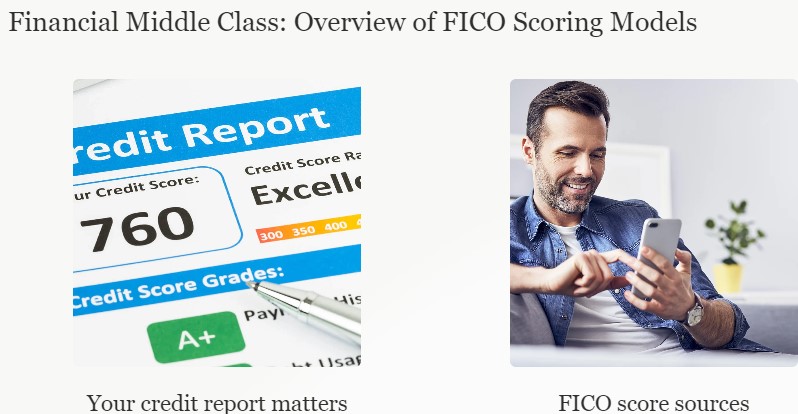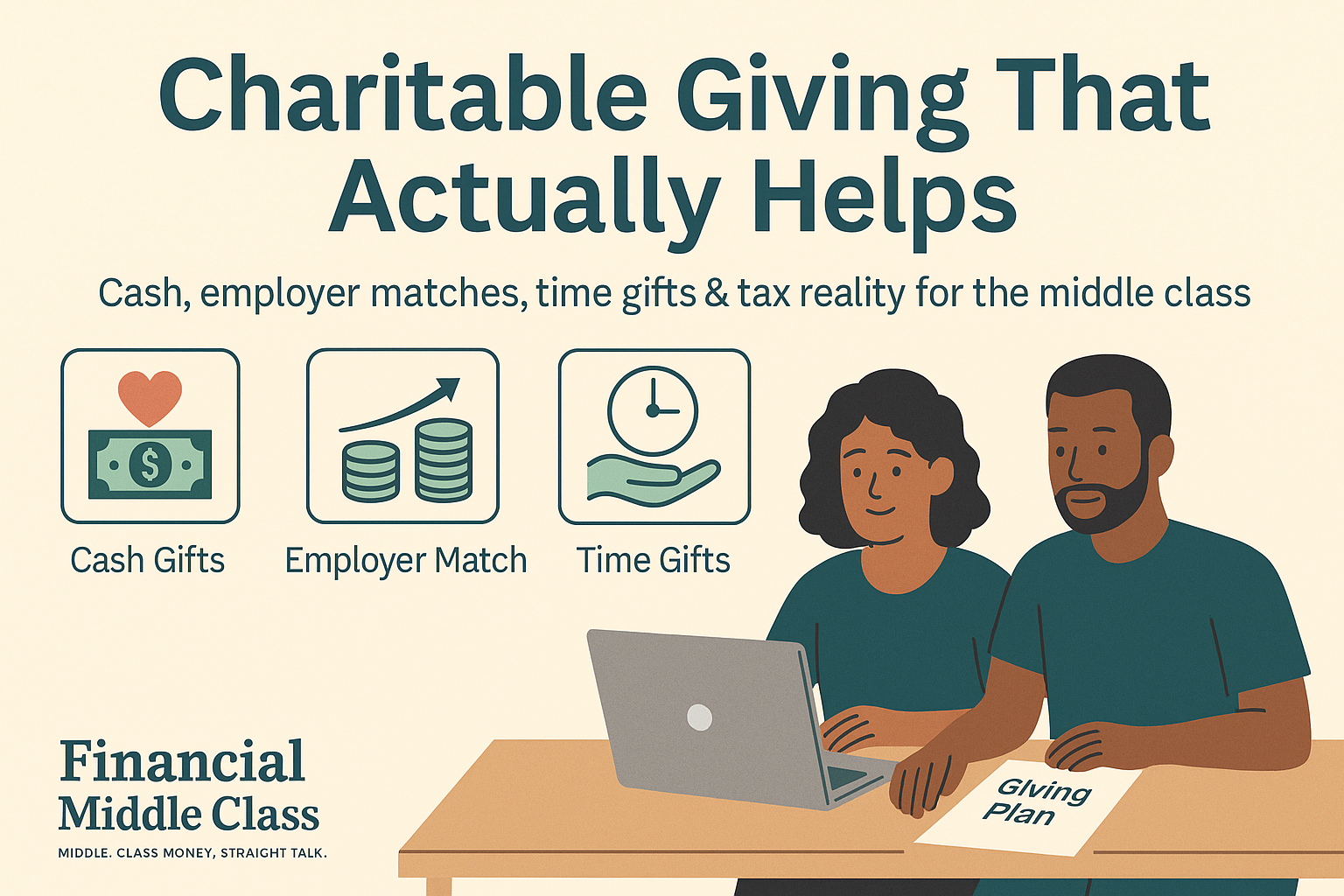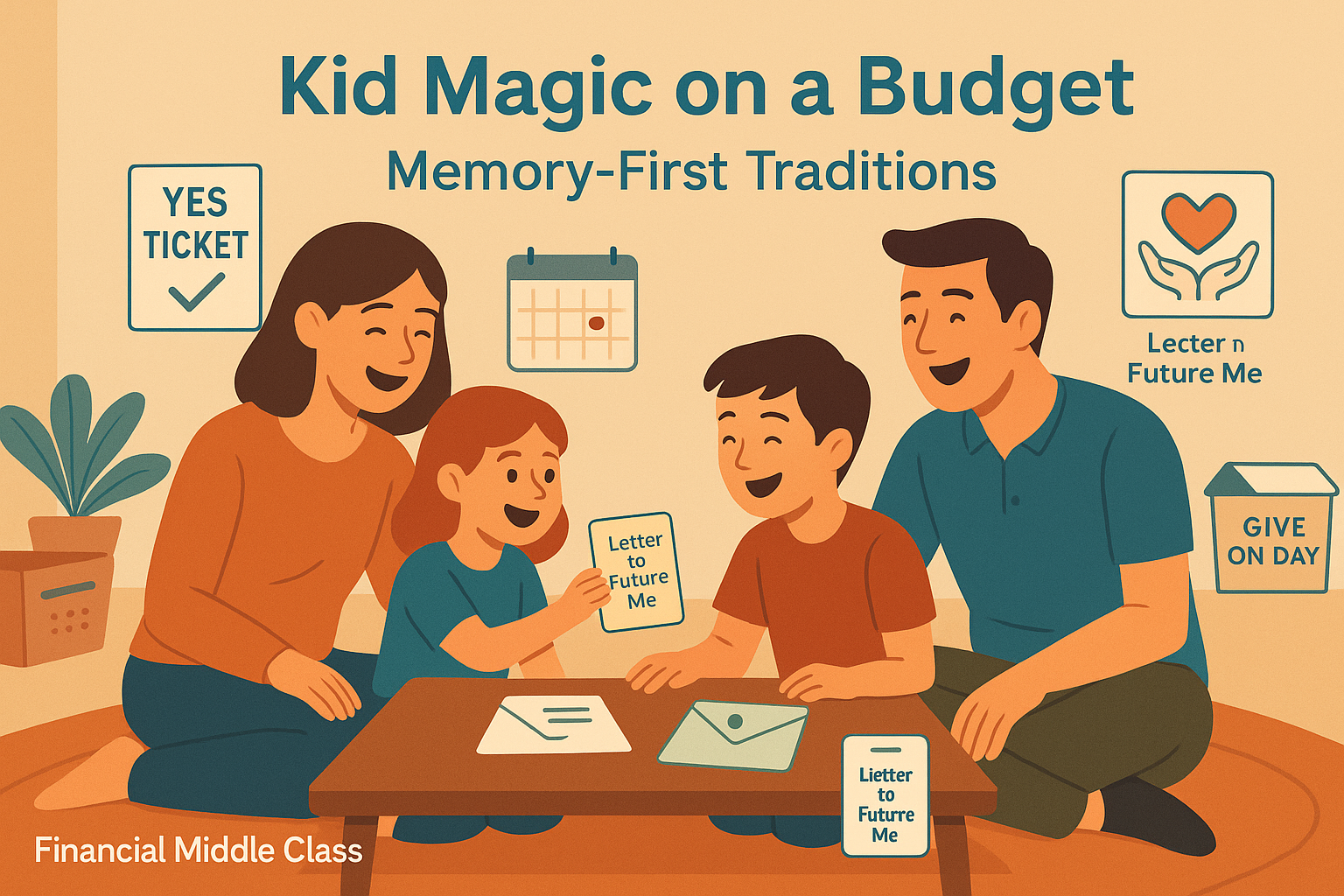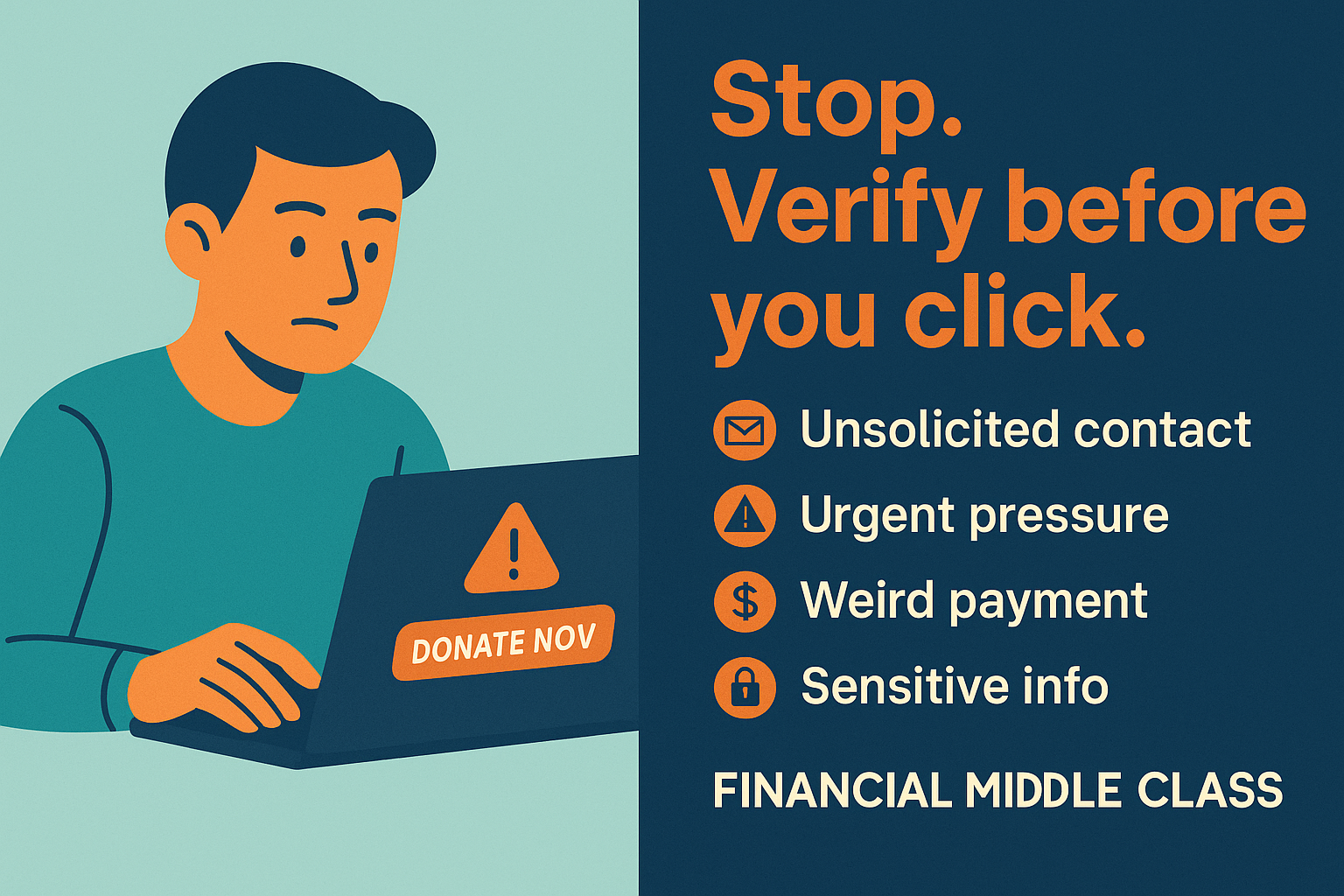
FICO Scoring Models: Explained
By MacKenzy Pierre
The estimated reading time for this post is 279 seconds
FICO Scoring Models: Unveiling the Secrets Behind Credit Scores
In the vast realm of personal finance, credit scores wield tremendous power, influencing our ability to secure loans and favorable interest rates. At the heart of credit scoring lies the FICO scoring models developed by the Fair Isaac Corporation.
These models serve as the go-to algorithms for most lenders in the United States when assessing creditworthiness. In this comprehensive article, we will look at the intricacies of FICO scoring models, focusing on critical points such as the different versions, their specific features, and the contrasting VantageScore model.
Understanding these nuances will empower you to navigate the credit landscape more effectively and make informed decisions to boost your financial well-being.
FICO: The Trusted Algorithm of Lenders
FICO stands as the leading credit scoring algorithm utilized by lenders nationwide. Its purpose is to gauge the risk associated with loan applications, helping lenders make informed decisions.
While FICO releases updated versions periodically, it is essential to note that lenders are not obligated to use the most recent version. Therefore, it is crucial to understand the various versions and their implications.
FICO 8: The Widely Used Gold Standard
FICO 8 remains the most commonly employed version among lenders. It considers several key factors when calculating credit scores, including payment history, credit utilization, length of credit history, credit mix, and new credit applications.
One crucial aspect to be mindful of with FICO 8 is its sensitivity to high credit utilization. Keeping your credit utilization below 30% is advisable to maintain a healthy credit score.
Positive Changes Introduced by FICO 8
Compared to its predecessors, FICO 8 incorporates some positive changes. For example, it disregards collection accounts with balances under $100, recognizing that minor collections may not significantly impact creditworthiness.
Additionally, FICO 8 displays greater leniency towards one-off late payments, acknowledging that even responsible borrowers can occasionally make mistakes.
Specialized Versions for Specific Loan Types
FICO 8 offers specialized versions designed to cater to the specific requirements of different loan types. For instance, FICO 8 Auto is utilized by lenders in the auto loan industry, considering factors particularly relevant to car financing.
Similarly, FICO 8 Bankcard focuses on credit card applications, considering factors specific to credit card usage. These specialized versions enhance the accuracy of credit assessments for different types of loans.
FICO 9: Another Member of the FICO Family
FICO 9 represents an advancement in credit scoring models. While less widely utilized than its predecessor, FICO 8, it introduces notable changes to enhance accuracy and fairness in assessing creditworthiness.
FICO 9 introduces notable changes compared to its predecessors. It revamps the treatment of medical collections, considering them less detrimental to credit scores.
Additionally, FICO 9 disregards zero balance collections, acknowledging that these may not pose a significant risk. Furthermore, rental history is included as a factor, providing a more holistic view of creditworthiness.
Older FICO Versions in the Mortgage Industry
Within the mortgage industry, FICO 2, 4, and 5 are the commonly employed versions by lenders. Each version relies on data from a different credit bureau, allowing mortgage lenders to understand a borrower’s credit history comprehensively.
Using multiple sources, mortgage lenders can make more informed decisions and assess creditworthiness more accurately.
FICO vs. VantageScore: Contrasting Approaches
VantageScore is an alternative credit scoring model that differs from FICO in several aspects. Notably, VantageScore penalizes late payments to a lesser extent than FICO does.
Furthermore, there are differences in how the two models handle combining credit inquiries. FICO allows a generous 45-day grace period to combine similar credit inquiries, while VantageScore offers a shorter 14-day grace period.
These variations highlight the importance of understanding which scoring model lenders rely on and how it may impact your credit evaluation.
FICO 10 and 10T: The Power of Trended Data
FICO 10 and 10T are the newer scoring models introduced by FICO, aiming to provide enhanced accuracy and insights.
When FICO 10 and 10T were introduced, many consumers expressed concerns about potential fluctuations in their credit scores. However, studies have shown that these models resulted in minimal score changes for most individuals, typically less than 20 points.
This suggests a smooth transition for most creditworthy consumers and offers reassurance to those worried about abrupt score fluctuations.
One distinguishing feature of FICO 10T is its enhanced predictive capabilities.
By incorporating trended data, which includes historical credit usage over the past 24 months, FICO 10T provides lenders with a deeper understanding of credit behavior patterns.
This data empowers lenders to make more accurate lending decisions, benefiting borrowers and lenders alike. Analyzing trends over time allows for a comprehensive assessment of an individual’s creditworthiness.
While FICO 10 and 10T were introduced in 2020, their widespread adoption among lenders may take some time, especially for larger financial institutions.
Currently, many lenders continue to rely on FICO 8 for non-mortgage lending decisions. However, as the benefits of FICO 10 and 10T become more apparent and industry acceptance grows, we can expect an increasing number of lenders to transition to these newer models.
Final Thoughts
Mastering the intricacies of FICO scoring models is vital for anyone seeking loans or aiming to improve their creditworthiness in the United States.
While FICO 8 remains the most widely used version, the emergence of FICO 9, 10, and 10T significantly changes the credit scoring landscape.
Specialized versions tailored to specific loan types enable lenders to make more accurate assessments, ensuring tailored solutions for borrowers.
Additionally, comprehending the differences between FICO and VantageScore empowers individuals to navigate the credit landscape confidently.
Armed with this knowledge, you can take proactive steps to enhance your creditworthiness and open doors to better loan opportunities in the future. Remember, credit scores are not fixed, and you can shape a brighter financial future with proper financial habits.
Senior Accounting & Finance Professional|Lifehacker|Amateur Oenophile
RELATED ARTICLES
Charitable Giving That Actually Helps (and Helps Your Taxes)
The estimated reading time for this post is 697 seconds Charitable Giving That Actually Helps (and Helps Your Taxes) You’ve probably had this moment: you’re juggling rising rent, a grocery bill that somehow got bigger again, a credit card balance...
Kid Magic on a Budget: Memory-First Traditions: Low-cost rituals that outlast the plastic toys forgotten by February
The estimated reading time for this post is 906 seconds Home › Family & Money › Kid Magic on a Budget Kid Magic on a Budget: Memory-First Traditions Low-cost rituals that outlast the plastic toys forgotten by February. Kid magic...
Leave Comment
Cancel reply

Charitable Giving That Actually Helps (and Helps Your Taxes)

Kid Magic on a Budget: Memory-First Traditions: Low-cost rituals that outlast the plastic toys forgotten by February

Scams, “Limited Time” Pressure, and Fake Charity Drives
Gig Economy
American Middle Class / Nov 20, 2025
Charitable Giving That Actually Helps (and Helps Your Taxes)
The estimated reading time for this post is 697 seconds Charitable Giving That Actually Helps (and Helps Your Taxes) You’ve probably had this moment: you’re juggling...
By Article Posted by Staff Contributor
American Middle Class / Nov 20, 2025
Kid Magic on a Budget: Memory-First Traditions: Low-cost rituals that outlast the plastic toys forgotten by February
The estimated reading time for this post is 906 seconds Home › Family & Money › Kid Magic on a Budget Kid Magic on a Budget:...
By Article Posted by Staff Contributor
American Middle Class / Nov 20, 2025
Scams, “Limited Time” Pressure, and Fake Charity Drives
The estimated reading time for this post is 1364 seconds Scam Red Flags, “Limited Time” Pressure, and Fake Charity Drives A red-flag checklist and two-step verification...
By Article Posted by Staff Contributor
American Middle Class / Nov 19, 2025
Balancing Emotions and Money When the Holidays Hit Hard
The estimated reading time for this post is 1322 seconds Every year, somewhere between the first Christmas commercial and the last day of school before winter...
By MacKenzy Pierre
American Middle Class / Nov 19, 2025
New IRS Retirement Limits for 2026: Will You Actually Use Them?
The estimated reading time for this post is 756 seconds Americans can put more into 401(k)s, IRAs, and SIMPLE plans in 2026—and higher earners will see...
By Article Posted by Staff Contributor
American Middle Class / Nov 19, 2025
Behind on Your Mortgage? A Step-by-Step Guide to the Foreclosure Process
The estimated reading time for this post is 1060 seconds In October, lenders started the foreclosure process on more than 25,000 homes across the country —...
By Article Posted by Staff Contributor
American Middle Class / Nov 16, 2025
It’s Not About How Much You Make — It’s How Much You Keep
The estimated reading time for this post is 504 seconds Many Americans are earning more than ever, but far too many have almost nothing to show...
By Article Posted by Staff Contributor
American Middle Class / Nov 15, 2025
Portable Mortgages: Why the Middle Class Should Be Able to Take Their 3% Rate With Them
The estimated reading time for this post is 1209 seconds If you’re sitting on a 3% mortgage right now, congratulations — and I’m sorry. Congratulations, because...
By Article Posted by Staff Contributor
American Middle Class / Nov 12, 2025
Does Retiring the U.S. Penny Nudge America Further into a Cashless Future?
The estimated reading time for this post is 414 seconds Introduction: A Tiny Coin, a Loud Message In February 2025, President Trump told Treasury to stop...
By Article Posted by Staff Contributor
American Middle Class / Nov 11, 2025
From FDR’s 30-Year Breakthrough to Trump’s 50-Year Pitch: Is This Still About Homeownership — or Just Smaller Payments?
The estimated reading time for this post is 375 seconds In the 1930s, Franklin D. Roosevelt’s team looked at a housing market full of short, risky...
By Article Posted by Staff Contributor
Latest Reviews
American Middle Class / Nov 20, 2025
Charitable Giving That Actually Helps (and Helps Your Taxes)
The estimated reading time for this post is 697 seconds Charitable Giving That Actually Helps...
American Middle Class / Nov 20, 2025
Kid Magic on a Budget: Memory-First Traditions: Low-cost rituals that outlast the plastic toys forgotten by February
The estimated reading time for this post is 906 seconds Home › Family & Money...
American Middle Class / Nov 20, 2025
Scams, “Limited Time” Pressure, and Fake Charity Drives
The estimated reading time for this post is 1364 seconds Scam Red Flags, “Limited Time”...



